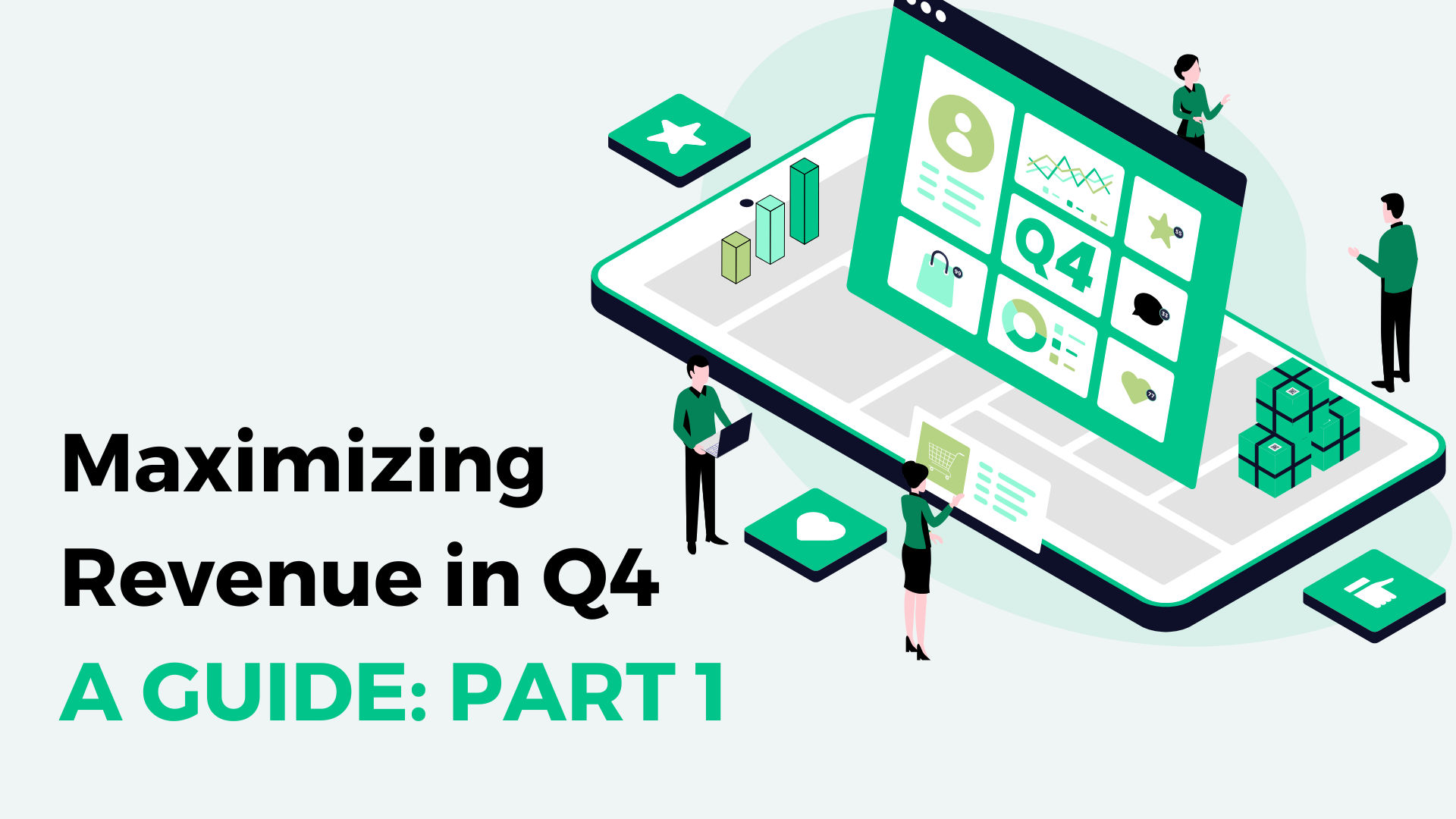Header bidding is a programmatic advertising technique that has recently gained popularity. This process allows multiple demand partners to bid on the same inventory simultaneously, which can result in increased revenue for publishers. The two primary header bidding technologies, server-side and client-side, differ in terms of where the auction takes place and how the bids are processed.
What is client-side header bidding?
Client-side header bidding allows multiple demand partners to bid simultaneously on ad inventory, with the auction taking place within the user’s web browser.
In client-side header bidding, a JavaScript tag is placed in the header of a webpage, which initiates the auction when the page loads. This tag sends bid requests to multiple demand partners, who respond with their highest bid for the available inventory. The bids are then passed back to the client, and one or more bids are sent to the publisher’s ad server (typically Google Ad Manager).
The real benefit compared to a passback/waterfall approach is that multiple demand partners compete at once, in the same auction, based on real-time bid values – rather than the publisher having to manage the priority of which bidders to call first, which can mean that they either miss out on potentially higher bids from other bidders or must deal with latency when the bidder didn’t fill.
What is server-side header bidding?
Server-side header bidding (also known as server-to-server header bidding) allows publishers to minimize client-side requests (one client-side request to the server may be split into multiple server-side requests to demand partners), which can further improve the user experience. Server-side also allows publishers to enable more demand partners to help increase revenue without impacting that user experience. If a publisher wants to monetize AMP or app, server-side is the only option available.
In traditional client-side header bidding, the auction takes place in the user’s browser, which can cause latency issues and may result in discrepancies between demand partners. In contrast, server-side header bidding moves the auction process to a server-side platform, where multiple demand partners can bid on the inventory in real-time before the winning bid is sent to the publisher’s ad server.
This process allows for more efficient and streamlined bidding and reduces latency. Server-side header bidding also allows publishers to work with a wider range of demand partners and can result in increased competition and higher ad revenues.

What are the benefits of server-side header bidding versus client-side header bidding?
There are several benefits of using server-side header bidding over client-side header bidding:
- Reduced page latency: Since the bidding process happens on the server side, the page load time is reduced, leading to a better user experience.
- Reduced page complexity: Server-side header bidding reduces the amount of code required on the client side, leading to simpler and more efficient ad loading.
- Improved scalability: Server-side header bidding allows for greater scalability, as it can handle a larger volume of bid requests and support multiple demand partners.
On the other hand, client-side header bidding can offer benefits such as:
- More control: With client-side header bidding, publishers have more control over the auction process, as they can manage bids directly on the page.
- Access to more data: Client-side header bidding allows publishers to access more data about their users, which can help them to deliver more targeted ads.
- Higher cookie match rates: With client-side header bidding, the bidding process occurs within the user’s browser, which allows for direct interaction with cookies stored on the user’s device. This direct interaction provides more accurate and up-to-date information about the user.
Which is better – server-side or client-side bidding?
Server-side header bidding can be more efficient and scalable for large publishers with high traffic volume. In contrast, client-side header bidding may be a better choice for smaller publishers with less traffic. However, the choice between the two ultimately depends on the specific needs and goals of the publisher, and a thorough analysis of the available options should be conducted before making a decision.
That’s where Freestar’s ideal ad stack comes in. The ideal ad stack varies depending on the needs of the publisher, but at Freestar, our ad stack has a goal of constant optimization. This includes optimizing each ad request to see if it should run demand client-side or server-side, among other things. Our ideal ad stack makes it possible that a publisher doesn’t have to choose between server-side and client-side but has the opportunity to utilize both to their advantage.
If you have questions about server-side or client-side header bidding, contact our team today; we can help you determine the best path for you.






